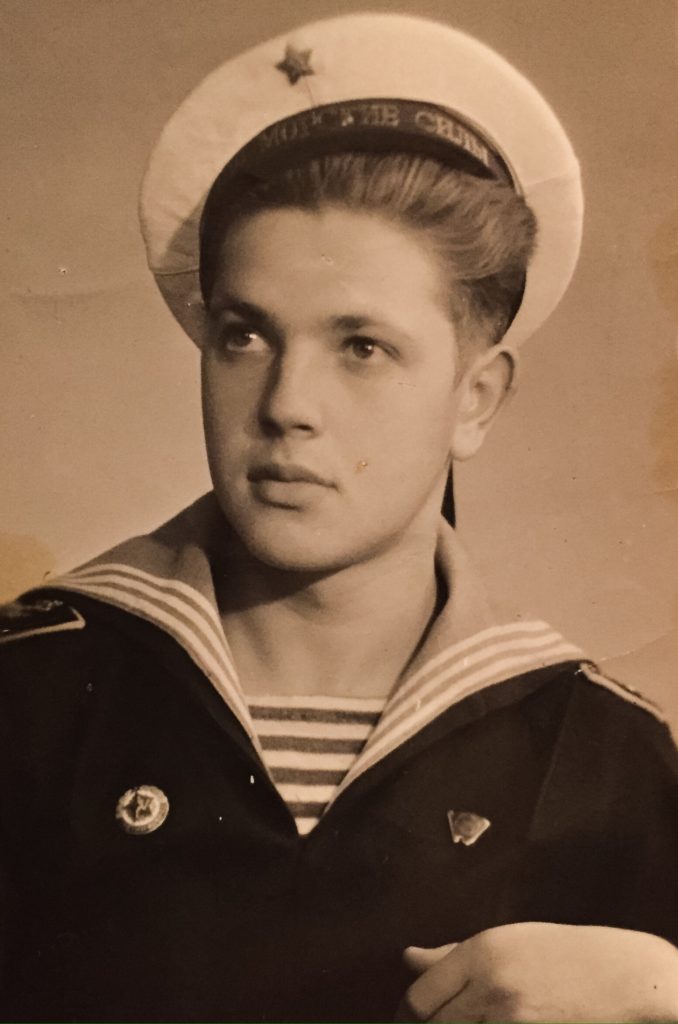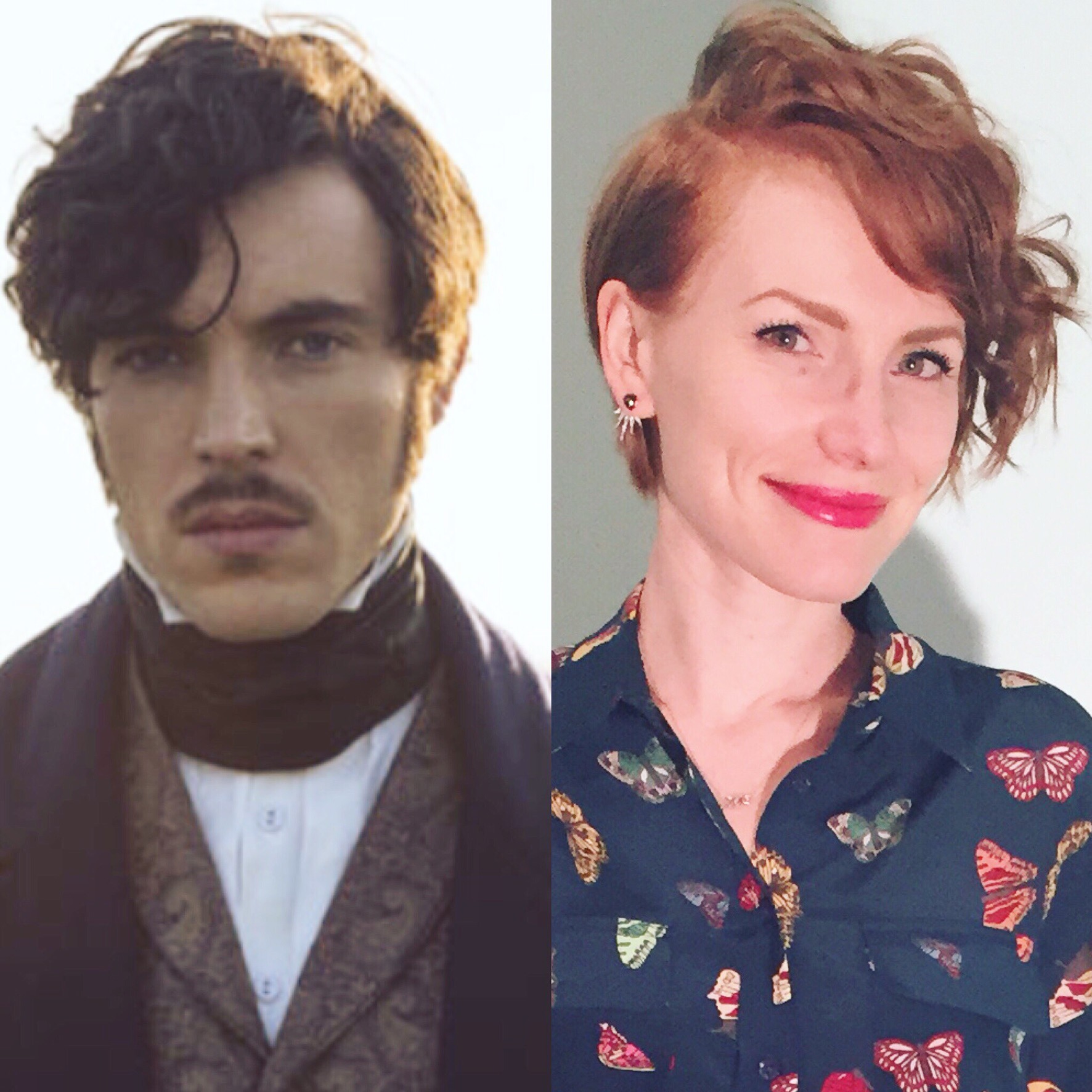As the title suggests, I’ve been on a detective fiction kick lately. One of my all time favourite mystery novelists is P.D. James, so I’ve been supplementing my home library with those Adam Dalgliesh mysteries I didn’t already have (they are easy to thrift), and re-reading them in the process. The most recent were Devices and Desires, A Taste for Death, and Shroud for a Nightingale. I liked the last one the best of the three; it’s one of James’ older novels and its setting (a nursing school) and plot reminded me of latter day Agatha Christie. What I love about James mysteries is how she delves into the psychology of each character; her books are a mix of police procedural and cozy English mystery featuring a small (but not too small) cast of suspects. The writing is always superb. Adam Dalgliesh is perhaps my favourite fictional police detective, and the supporting recurring characters (including a female detective) are also well drawn.
Because I love P.D. James so much, I got suckered into buying a collection of her short stories, supposedly never before published (The Mistletoe Murders). Well, 3 of the 4 were not; one, I definitely read before. I should have known from the description that the volume would be slim, but I was still disappointed by just how little there was to read, considering the $25 price (for the hardcover). The stories themselves were good, but I definitely don’t recommend buying the book. Thrift a few Dalgliesh novels instead.
I also tried a new-to-me mystery author, Tana French. Her books are buzzy enough, but since I rarely pay attention to new releases, I’d never come across them before. I read In the Woods (the first in her Dublin series of police mysteries) and Broken Harbour (the fourth book in the series). I liked the latter much better, although both were enjoyable. For what it’s worth, I don’t think you need to read the entire series in order; I was able to read Broken Harbour without feeling like I missed anything of substance from not having read Books 2 and 3. With that said, I enjoyed these less than the P.D. James novels. Largely, it comes down to the “flavour” of the mysteries, if you will. Both of French’s books had a very, very small pool of potential suspects, which made them less about “whodunit” and more about “whydunit”. I prefer more emphasis on the former; James strikes a better balance, in my opinion, although her stories are now obviously more dated (she died in 2005, I think).
My other complaint about French’s books was that some of the critical characters’ psychology struck me as a bit implausible, or perhaps not sufficiently well set up. As far as In the Woods was concerned, the psycho villain was immediately obvious and rather overdone. The fact that one of the central mysteries in the story was not resolved at the end of the book also bugged me, although not as much as some people (according to Goodreads). In Broken Harbour, the “bad guy” was less obvious and the psychology more interesting, but there were still a lot of things I found really implausible. None were bad enough to make me stop reading, mind you. I devoured both books very, very quickly. Let’s just say that I was less than fully satisfied at the end. Would still recommend, but would suggest borrowing them from the library.
Which brings me to a good point. I have a lot of mysteries in my home library, and some of you may wonder why. After all, once you’ve discovered the plot twist at the end of the story, isn’t all the fun gone? Not necessarily. I re-read my favourite mystery novels (Agatha Christie, Ngaio Marsh, PD James, Colin Dexter, etc.) every few years, and always enjoy them. The plots tend to be familiar after a while, but with a sufficiently interesting cast of characters, I tend to forget precisely the details of the ending so there is still a thrill to be had. Robert Galbraith is a good example of a contemporary mystery writer whose books I will happily re-read at some point. (Not yet; not enough time has passed since I read them the first time.) Tana French, on the other hand … probably not. On a re-read, the whodunit would be too obvious, I think.
And with that, let’s move on to some interesting articles. Did you know that people used to wake up in the middle of the night before going back to bed again? This article on first and second sleep lays it all out in fascinating detail. I can’t imagine paying social visits at midnight as a matter of course, but then again I also can’t imagine having to go to bed at 5PM or whatever.
The Fashion Law wrapped up its series on the Anti-Marketing laws of luxury with part 4.
This post on dressing for your face — yes, you read that right — was truly eye-opening. I was very skeptical at first, but the accompanying photos kinda sold me on the author’s basic premise: every face has a type (Classic, Romantic, Gamine, etc.) and the person looks best when their clothes match that style (as opposed to, say, their body type). I recognized some of that struggle in myself; various styles look fine on my body (hourglass/slight pear) but I probably look and feel best in things that match my face type (Dramatic Classic, I think). Anyway, I’ve been reading up on the whole face/body type thing (and seasonal colour analysis) and thinking about my style from that perspective. If you’re familiar with these concepts, I would love to hear from you.


